Clipper Race: A Month of Skippering
Published on October 7th, 2015
Canadian Diane Reid is one of twelve skippers in the 2015-16 Clipper Round the World Yacht Race, leading an amateur crew on the one design Clipper 70, ClipperTelemed+
After the twelve teams finished the first leg from London to Rio de Janeiro, Scuttlebutt editor Craig Leweck checked in with Reid for an update…
What was your general impression of the first leg?
The first leg was very much a training leg for us. It was all about pulling together the team into a cohesive unit. The crew had completed the training courses with the race organizer but they never really had raced together as a team, certainly not for the 31 days that we were on this leg.
So for us, it was very much setting up how the team would look like and learning how to make the boat really move. By the end of the leg, we really got into the swing of things, but definitely the first half of the leg was training.
The process went well, and we demonstrated to ourselves that we could make the boat perform. By the end of the leg, the crew felt really good about their ability to sail the boat.
Do you think the leg was what your crew expected?
I don’t think it was, but I don’t know how you could ever properly understand what an ocean race is like until you’ve actually experienced it. Even with the best of intentions, you could never tell people what it’s all about and get them to appreciate it.
In general, they noted how what they got in terms of the conditions, difficulty, working within the watch system, etc. was not what they expected. It wasn’t so much that it wasn’t what they expected… it was all just a lot more than what they expected, and this was amid decent weather conditions and training opportunities.
But by the end of the leg, they were all quite pleased at what they had gotten. They were grateful that we didn’t have horrific weather and terrible thunderstorms. While it was no cake walk, as we had lots of rain and squally conditions, they were grateful for how the leg provided them with great training.
What were some of the challenges you faced as skipper?
There were a couple of things that were really difficult. One was the constant coaching, but what made my life a little bit easier was instilling a culture of coaching amongst the crew. Of course I had to do the initial coaching to make sure that people have the knowledge and are sharing it correctly, but there’s just no way to be coaching all the time.
In our team meeting for the second leg, the crew that had done the first leg discussed how they would be coaching the new crew that were coming on. They warned them, in fact, that they’d be quite firm with the new crew in showing how things need to get done. They told them how it was now about continuing the learning curve, and not starting over.
So this culture among the crew will ease up on my need for coaching… I look forward to possibly sleeping more than four hours a day as I did during the first leg.
The other aspect that was difficult for me was sailing the boat conservatively, and not putting up the biggest sails early in the leg. I held the boat back quite a bit while we going through the training period, and not everybody understood the reasoning for this. After all, it is a race, so for sure the crew wanted to use the bigger sails and push the boat harder. But I wouldn’t let them, explaining why we needed less sail to learn the boat and grow confidence. Later in the leg, they saw the logic in this decision, but it was a hard for me to hold the line early on.
How will the crew change for the second leg?
We had 22 people on the first leg, but for the second leg we will be down to 18 people. Some had only signed up to do the first leg, and now of the 18 there will be just 4 new people. So we’ll be going from 22 new people to 4 new people. With regard to training and operating as a team, that’s a big difference. We will now be able to push the boat hard out of the gate.
Event Website – Standings – Team Reports – Facebook
Report by event media.
Background: The 40,000 mile Clipper 2015-16 Round the World Yacht Race began in London, UK on August 30 for the fleet of twelve identical Tony Castro designed Clipper 70s. The series is divided into 16 individual races, with the team with the best cumulative score winning the Clipper Race Trophy. Each team is led by a professional skipper with an all-amateur crew.
The second leg on October 7 takes the fleet 3932 miles from Rio de Janeiro to Cape Town, South Africa.
The ports along the race route are Rio de Janeiro, Brazil; Cape Town, South Africa; Albany, Sydney, Hobart and Airlie Beach, Australia; Da Nang, Vietnam; Qingdao, China; Seattle, USA; Panama; New York, USA; Derry-Londonderry, Ireland; and Den Helder, Netherlands before returning to London by late July.


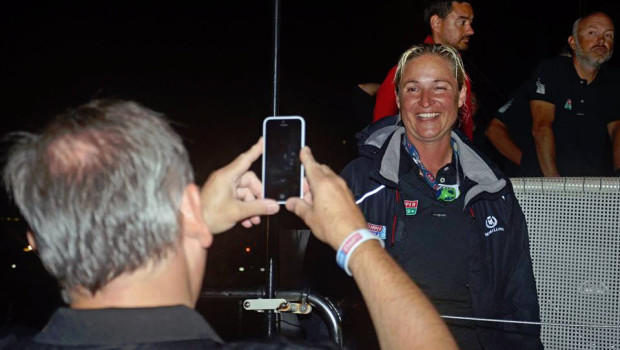

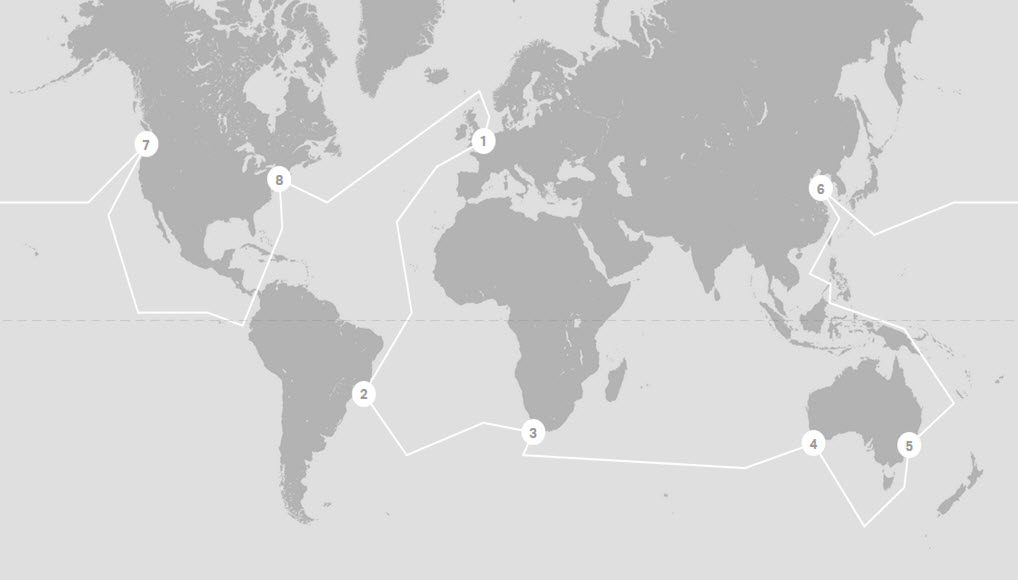

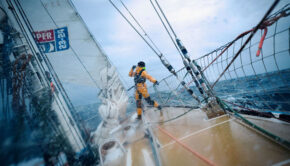
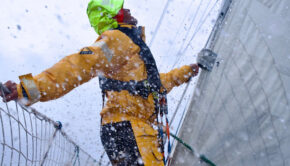
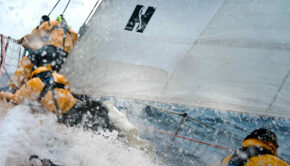
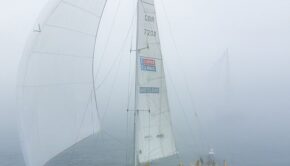
 We’ll keep your information safe.
We’ll keep your information safe.